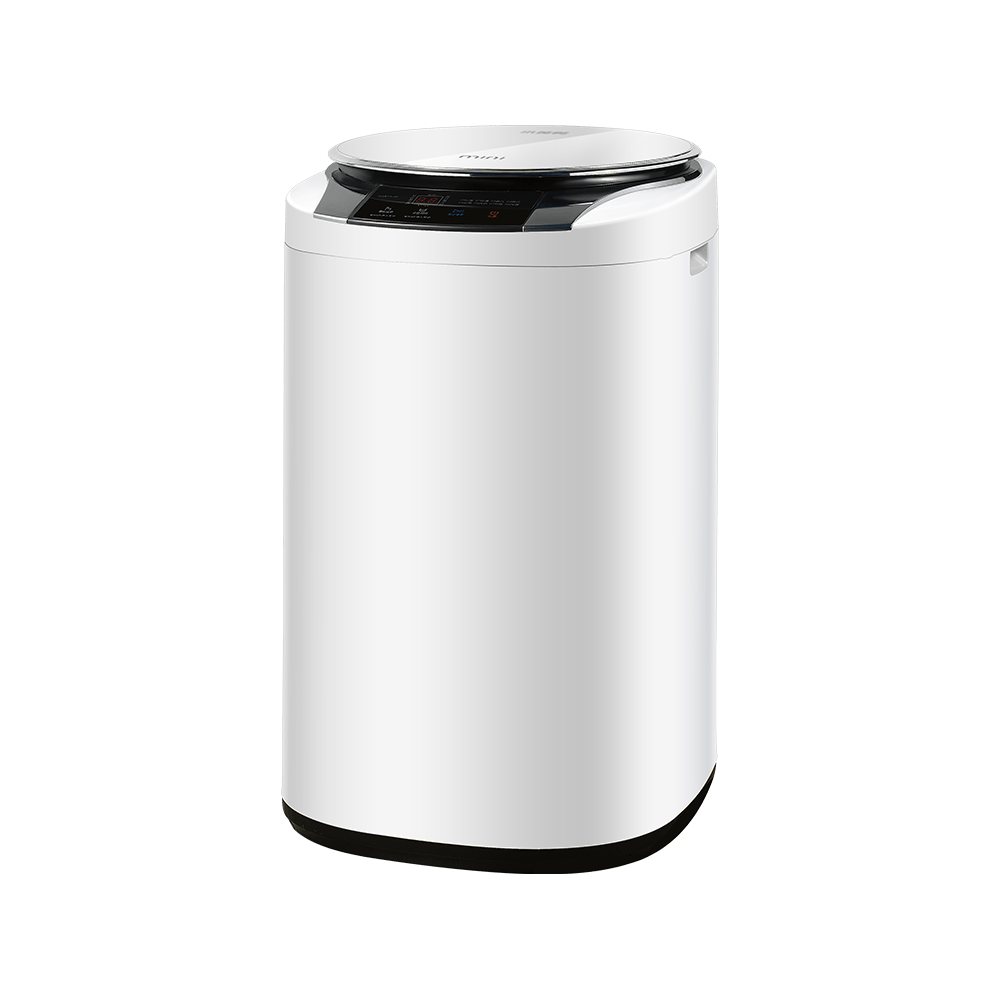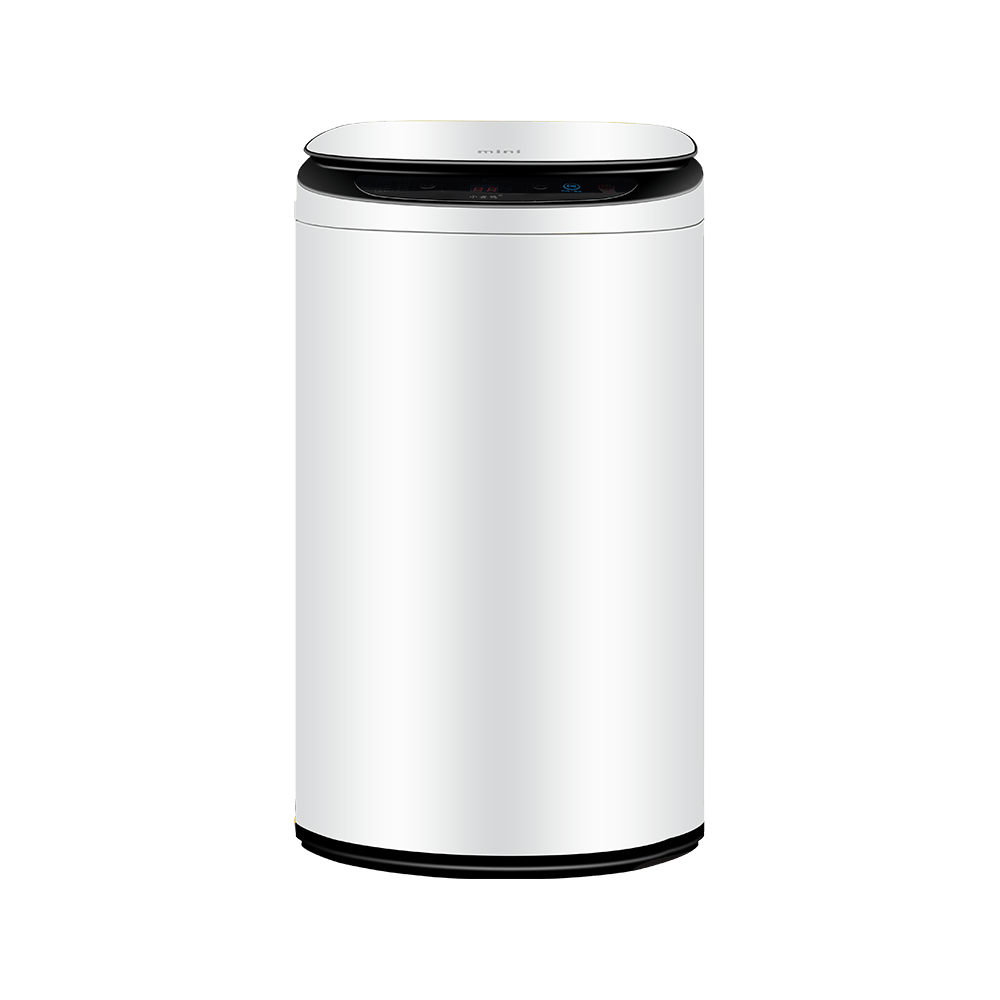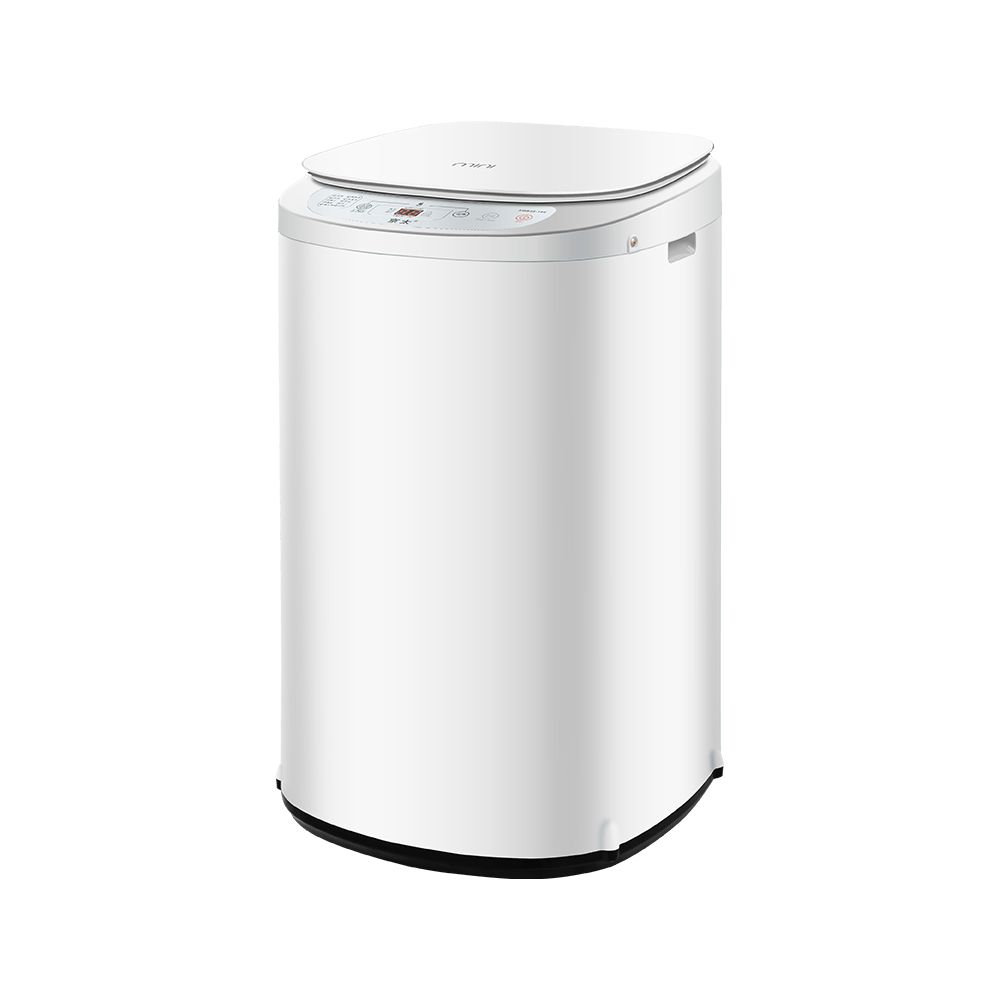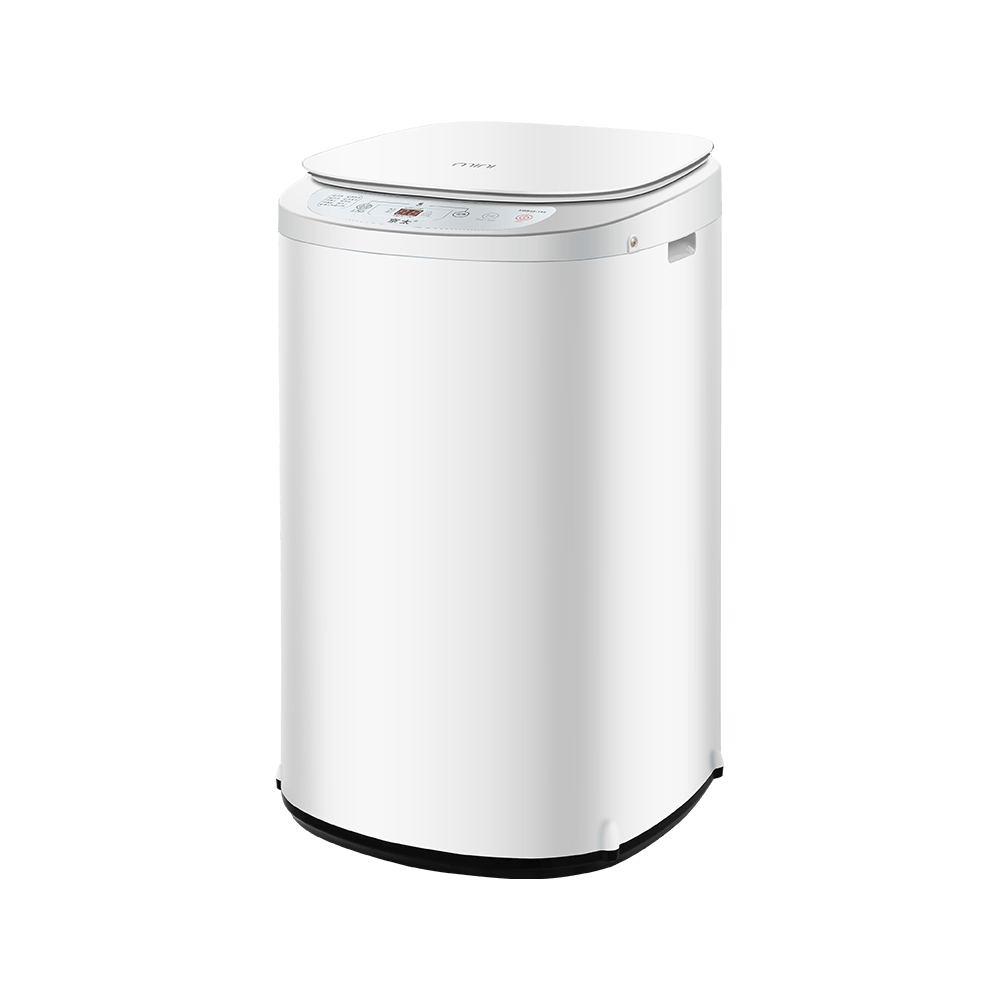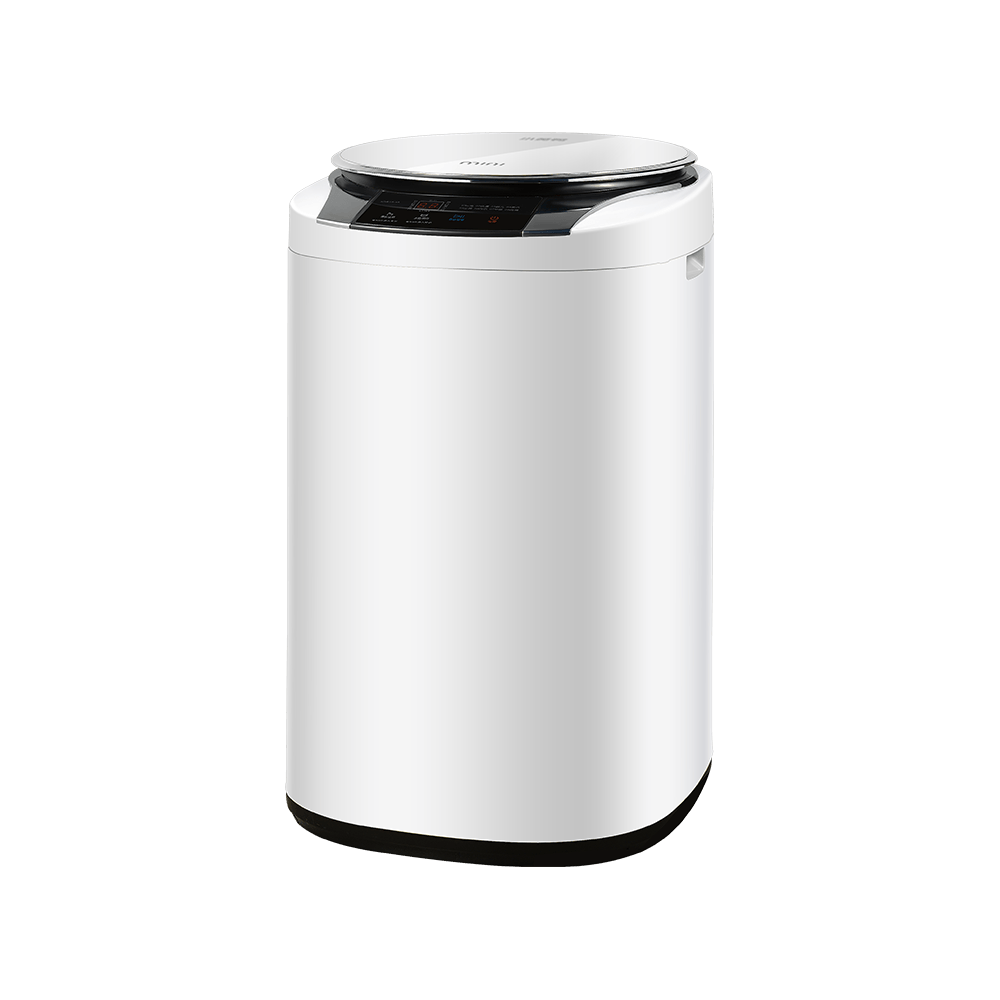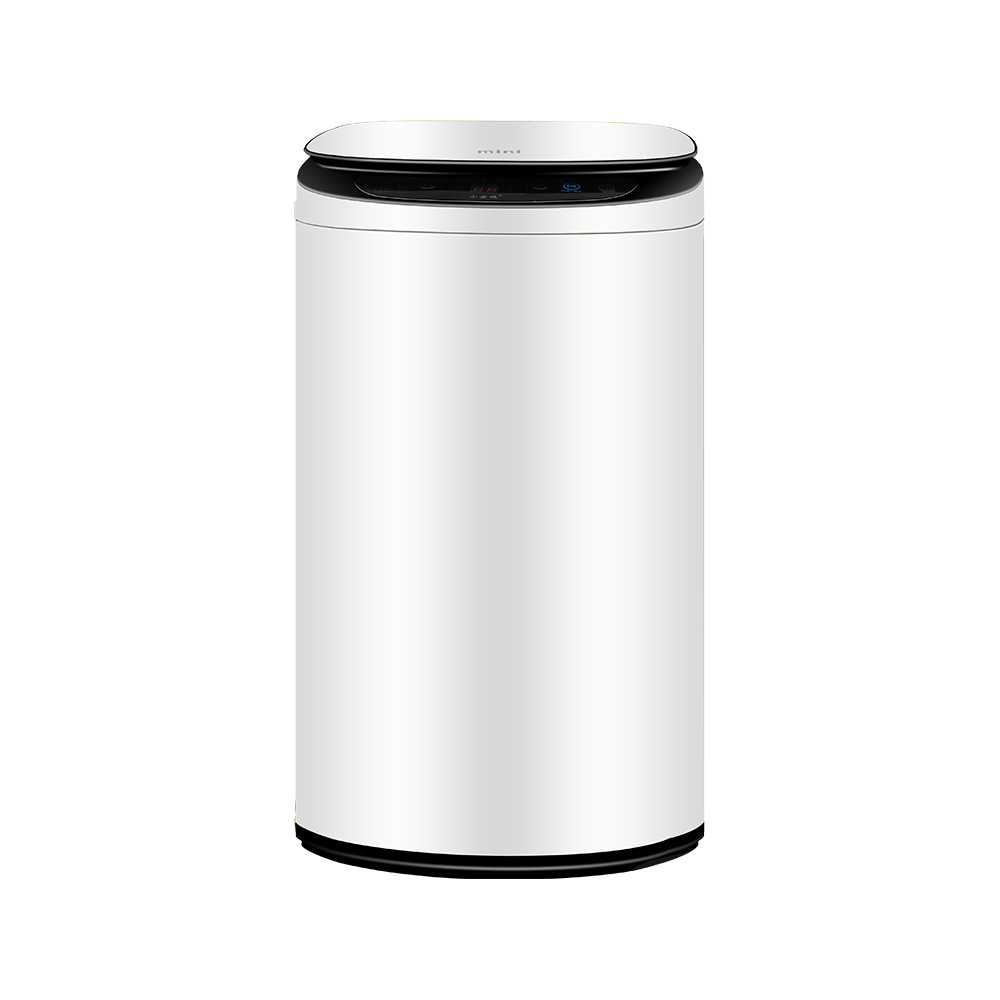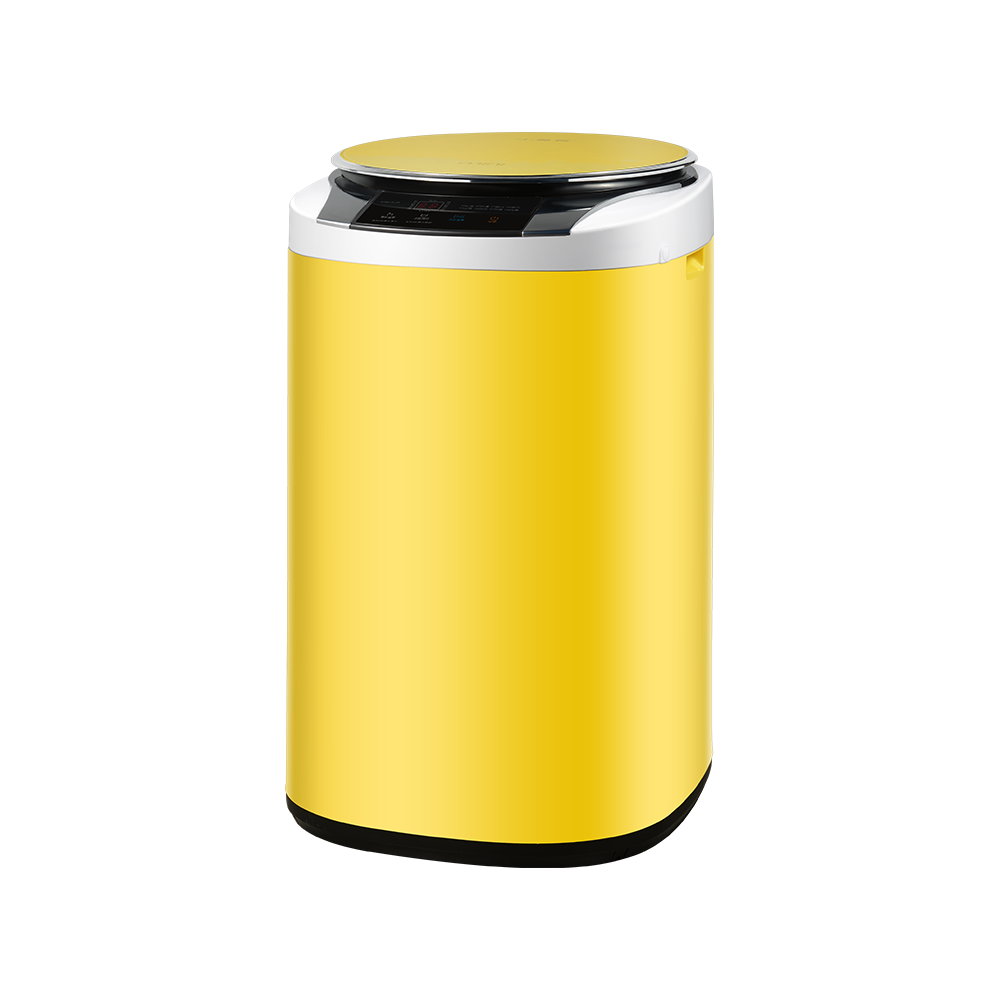Basic Principles and Technical Features of Blue Light Washing Machines
A blue light washing machine is a laundry appliance that utilizes blue light technology to assist in cleaning. It emits blue light of a specific wavelength, combined with traditional water flow and detergent, to promote stain breakdown and bacterial suppression. Blue light technology is believed to enhance a washing machine's sterilization capabilities while reducing the use of chemical detergents. Unlike traditional washing machines, which rely primarily on mechanical friction and chemical cleaning, blue light washing machines incorporate optical technology into the washing process, expanding the diversity of cleaning methods.
One Advantage of Blue Light Washing Machines: Bactericidal Effect
Blue light washing machines demonstrate a certain sterilization effect. Blue light wavelengths can destroy the cell structure of some bacteria and microorganisms, inhibiting their growth and reproduction, thereby reducing bacterial residue on clothing. This effect has positive implications for environmental hygiene management in homes, especially for those with infants and children or those with sensitive health conditions. Compared to traditional washing machines that rely solely on high temperatures or detergents for disinfection, blue light technology offers a low-temperature and environmentally friendly alternative.
A Second Advantage of Blue Light Washing Machines: Detergent Savings
Because blue light helps break down stains and inhibit bacteria, the amount of detergent required during the washing process is relatively reduced. This not only reduces the environmental burden of detergents but also minimizes potential skin allergies or discomfort caused by detergent residue. Reducing the use of chemicals aligns with current environmental protection concepts and also facilitates care for sensitive skin.
The third advantage of blue light washing machines: energy saving and environmental protection
Some blue light washing machines are designed to wash at low temperatures, combining blue light sterilization to reduce reliance on high-temperature disinfection. Low-temperature washing saves energy and reduces the environmental impact of the laundry process. Furthermore, reducing reliance on chemical detergents also reduces the release of harmful substances into wastewater. These features give blue light washing machines considerable potential for energy conservation and environmental protection.
One disadvantage of blue light washing machines: high initial investment cost
Blue light washing machines utilize advanced optical technology and related accessories, and are generally more expensive than traditional washing machines. This high initial investment may be prohibitive for some consumers, especially those who are price-sensitive. Furthermore, the associated increased costs for technology upgrades and maintenance may also affect user acceptance.
The second limitation of blue light washing machines: limited cleaning effectiveness on certain stains
Blue light technology has certain advantages in breaking down organic stains and inhibiting bacteria. However, for oil, stubborn dirt, or sand-based stains, traditional mechanical friction and the physical and chemical effects of detergents still play a dominant role. Some users may find that blue light washing machines are less effective than expected on complex stains, requiring them to be used in conjunction with traditional cleaning methods.
The third limitation of blue light washing machines: Technical maturity and maintenance difficulty
As a relatively new technology application, the long-term performance and durability of blue light washing machines remain to be verified by the market. The blue light emitter and related electronic components have certain environmental and operating requirements, making maintenance and repair relatively complex. If users encounter equipment failures, the repair cost and cycle time may be higher than with traditional washing machines, affecting the user experience.
Performance comparison of blue light washing machines and traditional washing machines
| Aspect |
Blue Light Washing Machine |
Traditional Washing Machine |
| Sterilization |
Assisted sterilization with blue light, effective at low temperatures |
Sterilization relying on high temperature and detergents |
| Detergent Usage |
Relatively lower detergent usage |
Relatively higher detergent usage |
| Energy Consumption |
Supports low-temperature washing, with potential energy savings |
Higher energy consumption due to high-temperature washing |
| Initial Cost |
Higher |
Lower |
| Maintenance |
Complex electronic components, relatively complicated maintenance |
Simple mechanical structure, easy maintenance |
| Stain Removal |
Effective for bacteria and some organic stains |
Better for oil stains and complex dirt |
| Ease of Use |
Operation relatively complex, requires learning new technology |
Mature operation, high user familiarity |
Suitability analysis of usage scenarios
Blue light washing machines are suitable for families who prioritize clothing hygiene and energy conservation and environmental protection, especially when low-temperature washing is required. Blue light technology provides auxiliary sterilization for clothing that is prone to bacterial growth, such as infant clothing and sportswear. However, for clothes with heavy stains or grease stains, traditional washing programs are still needed to ensure the cleaning effect. Traditional washing machines are more extensive and mature in adapting to various complex washing needs.


 English
English عربى
عربى